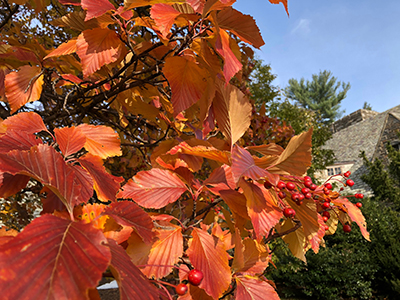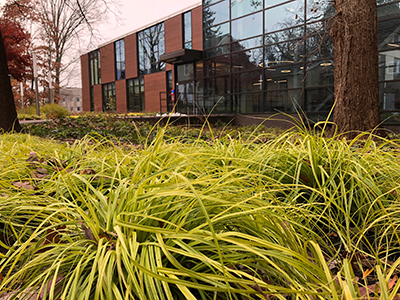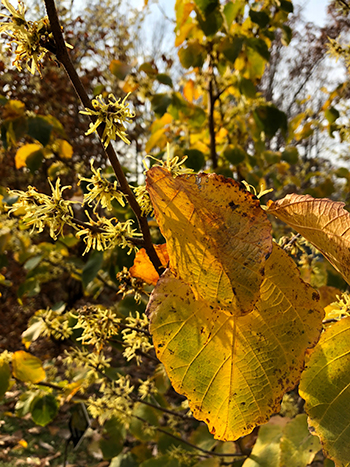
Plants of the Week: November 26

Sorbus, members of the Rosaceae family, are infrequently encountered in the garden. Perhaps this is due to susceptibility to cankers, powdery mildew, rust, and a bevy of insect pests. Sorbus alnifolia, the Korean mountainash, doesn’t bear such afflictions. The deciduous tree with simple, beech-like leaves, creamy white spring flowers followed by red fall fruit, and gorgeous, reliable fall color makes an ideal mid-size tree for the garden. Best success is had in open, sunny positions, though light shade is tolerated. Sorbus alnifolia dislikes dry soils and is susceptible to bacterial fireblight. Photo credit: J. Coceano

Carex oshimensis ‘Everillo’ is a bright, bold, “in your face” sedge. ‘Everillo’ sports lime green foliage that progresses to bright, golden-yellow. Sun exposure intensifies the yellow, while shade pushes foliage toward chartreuse. This clumping perennial with tidy, flowing evergreen foliage is truly utilitarian. As a groundcover it can work equally well in mass for a bold sweep of color, or planted in small numbers to complement nearby heuchera, ferns, and other shade-loving neighbors. Its evergreen nature lends itself to being a component of fall and winter containers. While evergreen and hardy to zone 5, ‘Everillo’ appreciates protection from harsh, drying winter winds. Photo credit: J. Coceano

Fall-blooming Hamamelis virginiana pulls double duty in the autumn landscape with both fall color and flowers occurring simultaneously. Stem-hugging clusters of fragrant bright yellow flowers, each with four crinkly, ribbon-shaped petals, appear along the branches from October to December. ‘Harvest Moon’ is a Broken Arrow Nursery introduction, selected from a client’s garden for its burgundy-flushed new growth and numerous, closely-spaced clusters of lemon-yellow flowers. This vigorously growing cultivar matures at 15’ – 20’ in 15 years. A specimen can be seen behind the Science Center planted near species H. virginiana affording an opportunity to compare and contrast. Photo credit: J. Coceano





No Comments